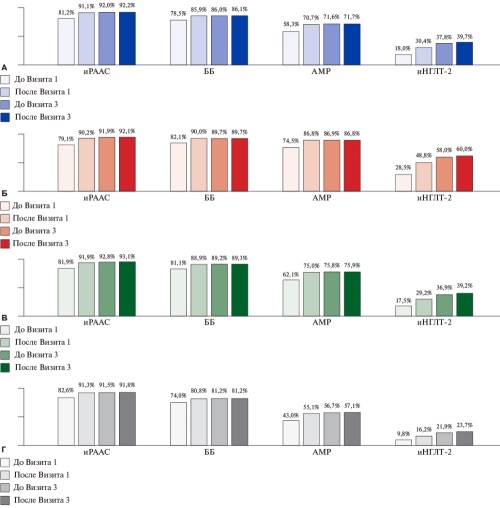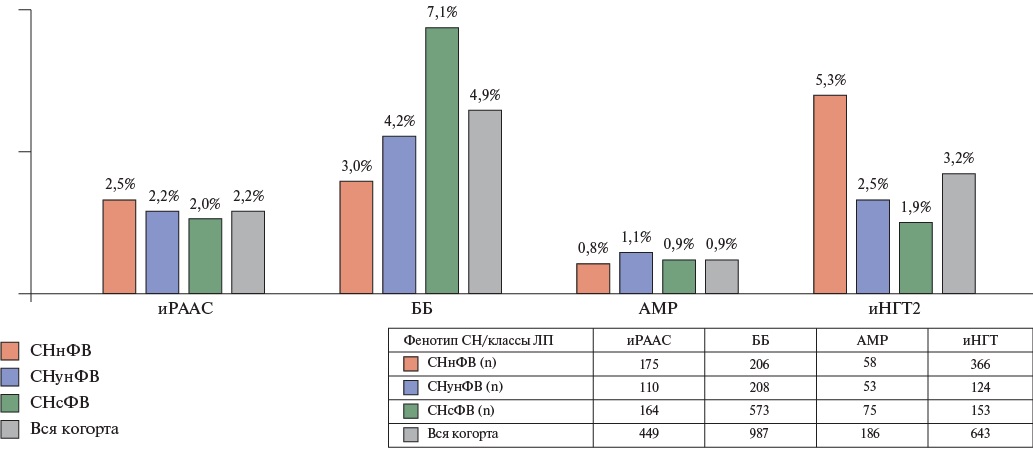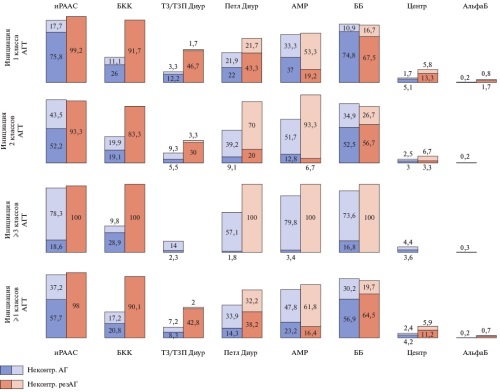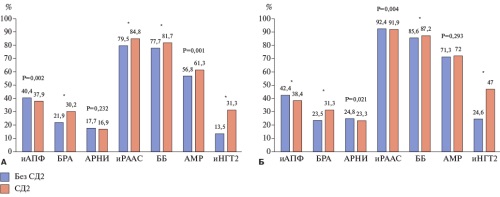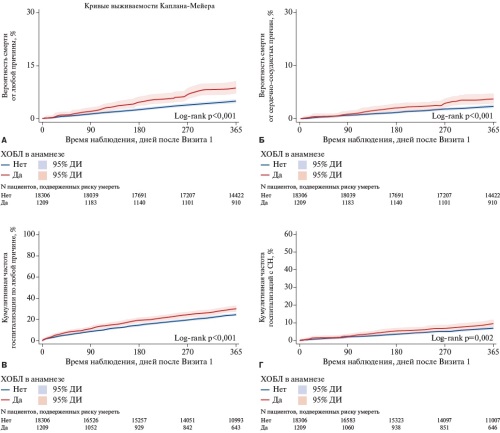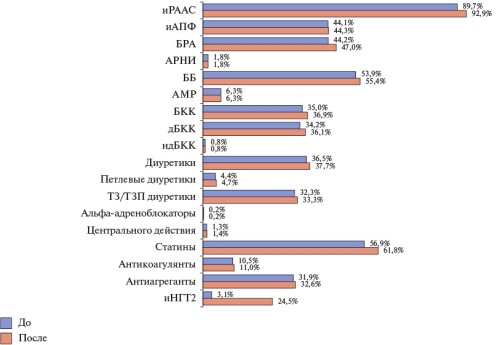
Scientific and practical per-reviewed journal
Russian Journal of Cardiology is currently issued since 1996. It is official journal of the Russian Society of Cardiology (RSC).
Editor-in-Chief: Prof. Eugene V.Shlyakhto, Academician of Russian Academy of Sciences, President of RSC. FSBI «Almazov North-Western Federal Medical Research Center» of the Healthcare Ministry. Saint-Petersburg, Russia
The target audience of this peer-reviewed journal is cardiologists and internal disease specialists. The journal is primarily focused on original studies, cardiac surgery, and cardiac pharmacotherapy. It also publishes lectures and literature reviews on various problems of modern cardiology, reports on new diagnostic methods, and other information which is important for the practitioners. The aim of the journal is both scientific and practical, also with referring to organizing matters of the RSC. The best of all cardiological research in Russia is submitted to Journal.
The language of publication is Russian, with contents and abstracts of all the articles presented in English. The Journal also accepts manuscripts from foreign authors and publishers them in English with abstracts in Russian.
Science Index (2023) 9,294 (5th procentile, 9 in "Medicine and healthcare")
Impact-factor (2023) 1,799
Current issue
ХРОНИЧЕСКАЯ СЕРДЕЧНАЯ НЕДОСТАТОЧНОСТЬ
Announcements
2025-09-29
Политика использования инструментов ИИ в научных статьях (утверждение)
26 сентября 2025 г. на объединенном заседании редакционной коллегии и редакционного совета была утверждена политика по использованию инструментов искусственного интеллекта в научных статьях.
2025-09-16
Единый государственный перечень научных изданий (ЕГПНИ) – «Белый список»
«Российский кардиологический журнал» вошел в Единый государственный перечень научных изданий (ЕГПНИ) – «Белый список». Ему присвоен 1-й уровень. Это важное достижение, которое подтверждает качество и значимость издания в научном сообществе.
2025-09-04
Публикация статей до конца года
У нас полностью сформированы номера до конца 2025 года. Мы ограниченно можем принять в номера 11 и 12-2025 статьи с оплатой срочной публикации (Fast Track) только для статей, которые уже прошли рецензирование или пройдут рецензирование до 30 октября.
2025-08-29
Обработка персональных данных
С 1 сентября 2025 года вступают в силу поправки в ч. 1 ст. 9 Закона № 152-ФЗ, которыми вводится новое требование к согласию на обработку персональных данных. Согласие должно быть оформлено отдельно от информационных и (или) иных документов, которые подписывает субъект персональных данных (Федеральный закон от 24 июня 2025 года №156-ФЗ).
2025-06-01
Уточнения в «Правила для авторов» в отношении рисунков
Уважаемые авторы!
Журнал вносит уточнения в «Правила для авторов» в отношение рисунков, которые предоставляются при подаче статьи для рассмотрения к публикации.
2025-02-21
Тематические номера Российского кардиологического журнала в 2025 году
номер 10-2025. Генетические аспекты кардиологии
Ответственный редактор: Никулина С. Ю. (Красноярск)
номер 12-2025. Достижения российской кардиологии 2025
Ответственный редактор: статьи выбираются редакцией журнала.
Дополнительные выпуски: "Клинические случаи" (июнь, ноябрь), "Обзоры литературы, мнения по проблеме" (июнь, ноябрь), "Диссертационные статьи" (июнь, ноябрь)
| More Announcements... |



